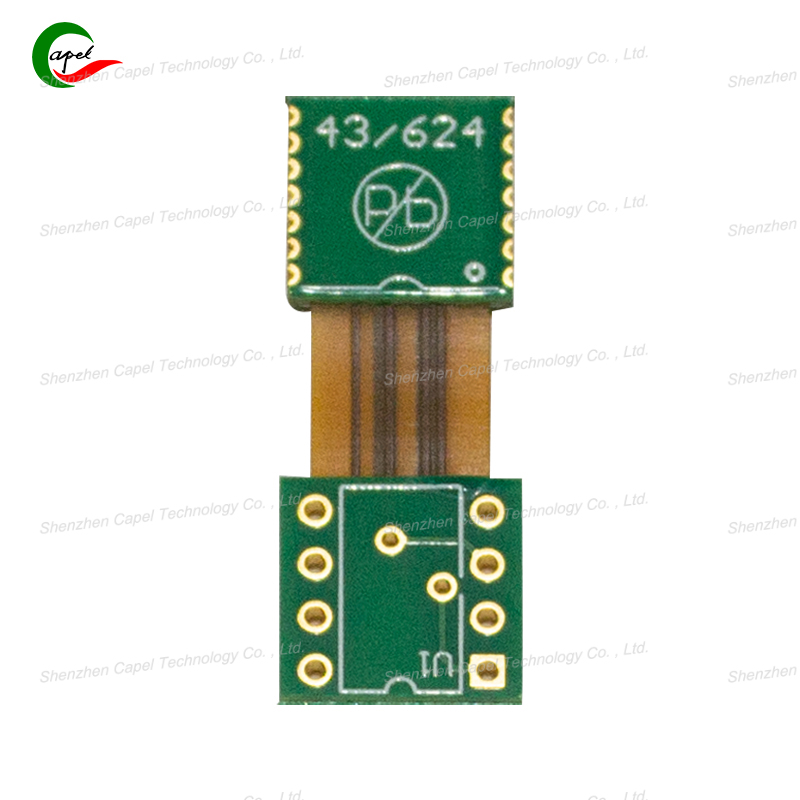Walk into any old-school rigid-flex PCB shop, and you’ll notice two things: the sting of solvent fumes in your nose, and the rows of warning labels on chemical drums. For decades, we’ve done it this way: douse boards in acetone to clean them, dump them in acid to etch copper, and bond layers with glues that make you reach for a respirator. We told ourselves it was “the only way” to make strong, precise boards. But that’s not true anymore.
I’ve run a rigid-flex production line for 8 years, and the biggest win of the last two years was cutting our chemical use by 60%—without slowing down or sacrificing quality. It wasn’t about buying fancy machines; it was about swapping outdated, harsh products for smarter alternatives. Below’s exactly what we did, and why it’s been a game-changer for our shop.
Let’s stop pretending harsh chemicals are “necessary.” Here’s what we actually dealt with before:
-
Etching acid (ferric chloride) : A 5-gallon bucket cost $95, and we went through 2 buckets a month. Disposing of the toxic waste? $60 per bucket. Plus, we had to train everyone to wear acid-resistant gloves—someone still got a burn last year.
-
Acetone for cleaning : We burned through 10 bottles a week ($8 each). The fumes made the workbench area unbearable—workers would step outside to breathe every 15 minutes.
-
VOC adhesives : The glue for bonding FR-4 and PI smelled so bad we had to install extra vents. And if we didn’t cure it just right, the bond would fail.
We were spending money and making the shop miserable. The worst part? We didn’t even need most of this stuff.
Etching was our biggest chemical headache—so this swap made the most noise (and saved the most cash):
-
What we use now: Ammonium persulfate “neutral etch” ($70 per 5-gallon bucket).
-
The catch: It etches copper 15% slower than acid. We adjusted our conveyor speed from 2 ft/min to 1.7 ft/min—no missed deadlines, just smoother work.
-
The perks: No more acid burns. The waste is just copper-rich water—we run it through a $200 filter (the copper gets sold for scrap!), and the rest goes down the drain (after testing, of course). We cut etching costs by $400 a month.
I used to keep acetone at every station for “quick cleans.” Now we use water-based degreasers, and it’s been a revelation:

Bonding rigid and flexible layers is non-negotiable—we need bonds that survive 10,000+ bends. But VOC glues were overkill:
-
What we use now: 100% solids epoxy adhesive ($85 per tube—same as old glue).
-
The difference: No fumes. It cures with heat (160°C for 25 minutes) instead of solvent evaporation.
-
The test: We bent 10 sample boards 10,000 times—zero delamination. Same results as the stinky stuff, but no more extra vents.
Even with smarter chemicals, we stretch them further to save cash:
-
Reuse neutral etch: Filtered etch works 2–3 times before it’s spent. We get 3 weeks out of a bucket instead of 2.
-
Recycle rinse water: The water we use to rinse boards goes into a 30-gallon tank. We filter it and reuse it for wiping down raw FR-4 sheets. Saves 50 gallons of water a week.
Let’s talk numbers: We cut monthly chemical costs from $1,200 to $550. Disposal fees dropped from $240 to $0. Workers take fewer “air breaks,” so production is 5% faster. And we passed our last environmental inspection in 15 minutes (vs. 2 hours before).
This isn’t about “being eco-friendly” for marketing—it’s about running a tighter, cheaper, happier shop.
Rigid-flex PCB manufacturing doesn’t have to rely on harsh chemicals. We did it with small swaps: slower conveyor speeds for neutral etch, 10 extra seconds of wiping for water-based cleaner, heat curing for low-VOC glue. None of it was hard—we just stopped doing things “because we’ve always done them.”
The next time you walk into a PCB shop and smell chemicals, remember: It’s not a “necessary evil.” It’s a habit—and habits can change. For us, cutting chemicals made the shop safer, cheaper, and less stressful. That’s not just sustainability—that’s common sense.
related link:
